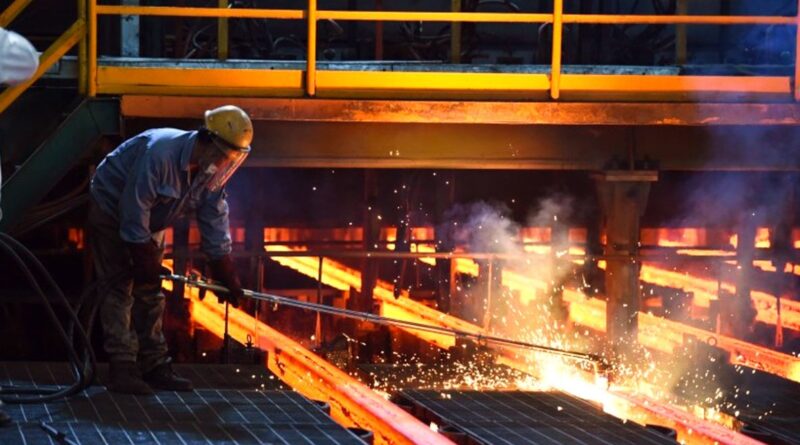Steel using sector trends in 2024
Persistent weakness in global manufacturing activity. World Steel Association earlier projection of a continued recovery in global manufacturing activity in 2024 has not materialised. Instead, the sector experienced a downturn in the third quarter, diverging from the initial growth observed in the first months of the year and the positive signals from leading indicators.
World Steel Association observed that a significant contributor to the manufacturing slowdown is the ongoing reluctance of households and businesses to invest in durable goods. High costs, economic uncertainty, and tighter financing conditions have created a “wait-and-see” attitude, delaying spending decisions. The lingering effects of the past three years of inflation have eroded the purchasing power of many middle- and lower-income families, further dampening demand for manufactured goods.
Despite the current challenges, there are reasons for cautious optimism regarding a potential recovery in global manufacturing in 2025. The resilience of the global economy, easing of financing conditions, pent-up demand and increases in real income seen in major economies such as the eurozone and Japan should support a recovery in private consumption and investments, and hence a recovery in global manufacturing activity in 2025.
Housing construction activity has remained subdued in most major markets throughout 2024, continuing to weigh on steel demand, especially in key regions like China, the US, the EU, Japan, and Korea. After a period of robust growth fuelled by historically low interest rates, housing activity experienced a sharp decline in 2023 across many major economies as central banks aggressively raised borrowing costs to combat soaring inflation.
This slowdown has persisted into 2024, impacting the construction sector and consequently, steel demand. A meaningful recovery in residential construction (in the EU, US, and Korea) is expected to begin from 2025 onwards with the expected easing of financing conditions.
After an exceptional year of double-digit growth across major auto-producing nations in 2023, the automotive sector is bracing for a significant slowdown in 2024.
Light vehicle production forecasts are being revised downwards across the board due to mounting concerns over rising inventories and a deceleration in battery electric vehicle (BEV) sales in key markets. This shift marks a stark contrast to the previous year’s robust performance, highlighting the industry’s vulnerability to evolving market dynamics and potential challenges ahead. We expect global light vehicle production to show modest growth in 2025.
Robust investment in manufacturing facilities and public infrastructure has underpinned global steel demand throughout 2023 and into 2024. Major economies around the world have sustained growth in these investment areas, building on the momentum from 2023.
These strategic investments aim to enhance productivity, stimulate job creation, accelerate climate change mitigation efforts, and secure a leading position in the industries of the future. Escalating construction costs, labour shortages, and mounting fiscal debt may pose significant challenges for many major economies, potentially limiting further growth in these investment areas in the near term.
The green transition of the world economy is one of the major factors behind the strength in public infrastructure investments, as it necessitates an economic transformation of immense scale and complexity. Steel demand for expanding global electricity grids is likely to double by the end of the decade, reaching approximately 20 million tonnes per year, a substantial increase from the current pace of 10 million tonnes per year.
World Steel Association estimates that expanding global renewable energy generation capacity and connecting it to demand centres will necessitate a steel demand increase of approximately 40 Mt by the end of the decade. This is likely to give quite a noticeable support to overall steel demand in both major developing economies such as China and India, and developed economies, especially Europe and North America.




